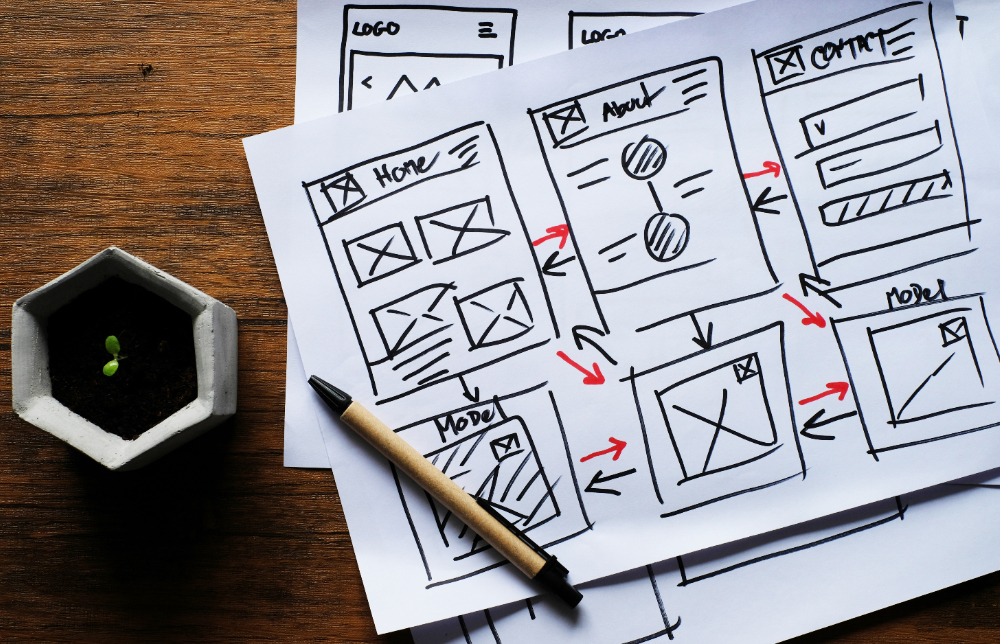
Do You Ever Prototype Organizational Change?
Organizational change rarely goes according to plan. Should you prototype organizational change for better results? The data from our change management simulation says yes.
The Deeper the Change the More Difficult It Will Most Likely Be
The deeper the changes you seek are embedded into the cultural DNA, the more difficult the desired changes will be. Why? Because changes must go through your people and your culture to be successfully implemented.
The way people think, work, and behave becomes explicitly or implicitly embedded in a system of deeply held beliefs, attitudes, policies, traditions, habits, customs, and taboos which constitute the unique corporate culture of that organization.
Unfortunately, There is No Crystal Ball for Complex Change
And to make things more difficult and regardless of how much planning you do, there is often no sure-fire way to predict the totality of the effects of change in your business until they happen.
Small Change Experiments Can Provide Valuable Feedback
But the good news is that you can discover a great deal about how a change will affect your employees, customers, partners, and investors by conducting small and planned change experiments beforehand. In other words, you can prototype organizational change.
Change management consulting experts that deal with large-scale transformations recommend that you test change before implementation whenever possible so that you are fully prepared to deal with the intended and unintended consequences of the changes you seek.
Two Change Management Prototype Tips to Get Started
Here are a couple of tips on how to design and manage the change tests:
And lastly, be clear on the desired outcomes and how the lessons will be applied and help move the larger change forward.
The Bottom Line
The more you can learn about what your key stakeholders want and need before you institute major change, the more effective and lasting the change will be. Incremental changes over time can cause significant and positive improvements. You do not always need to take big actions to get significant change or to be on the path to success.
To learn more about a different perspective on organizational change, download A New Way to Think About Your Change Efforts: The Agile Organization
Explore real world results for clients like you striving to create higher performance